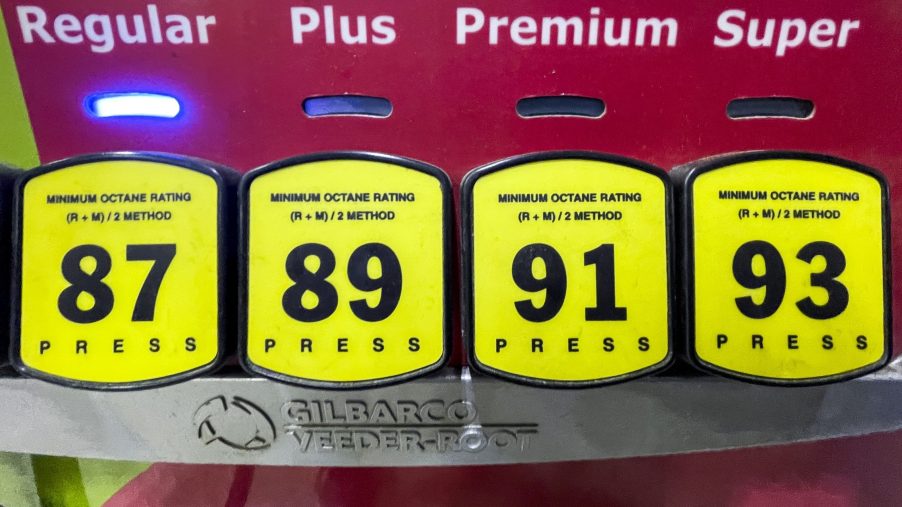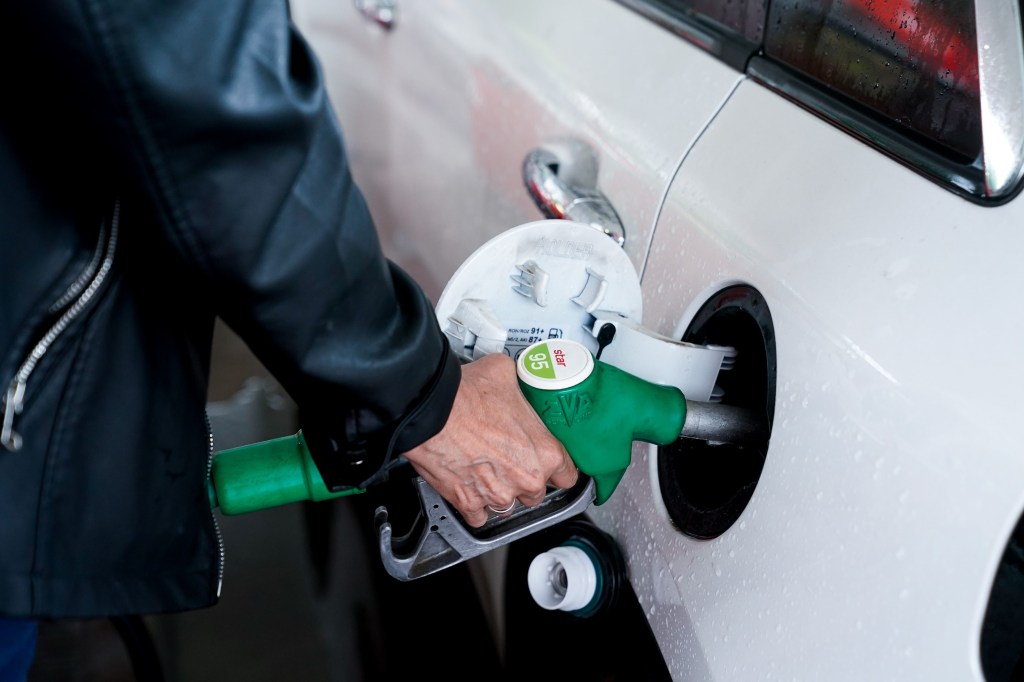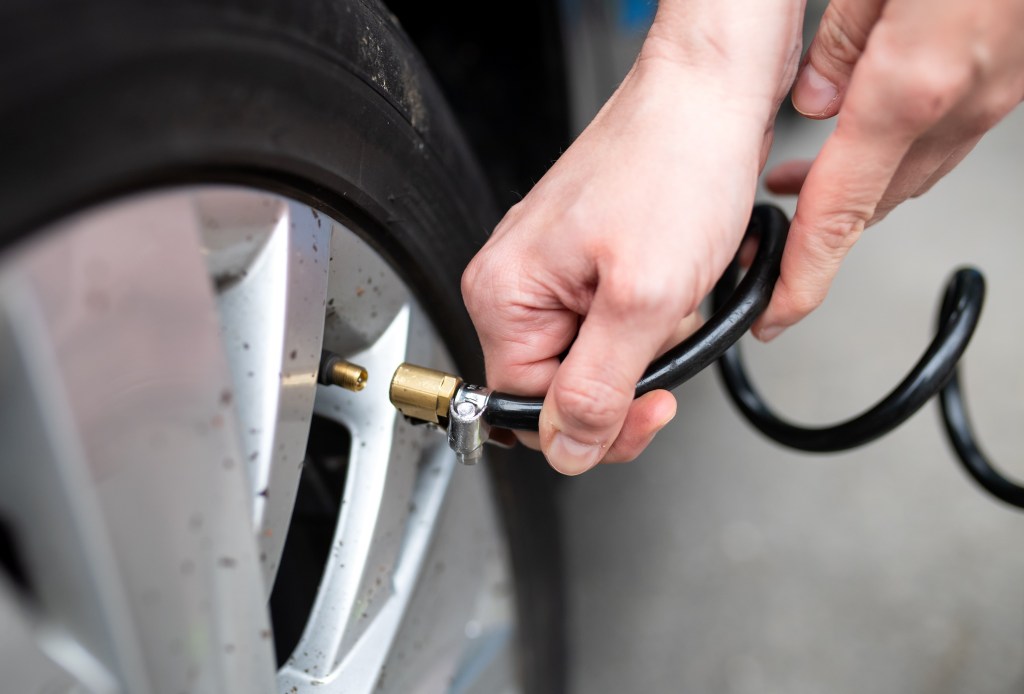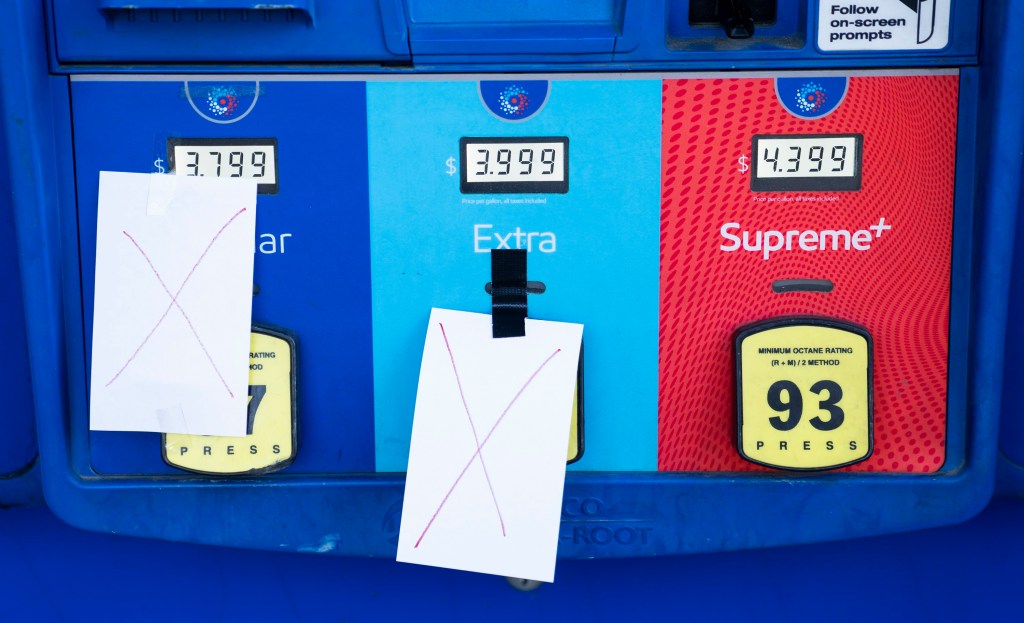
The Best Ways to Save Money on Gas as Prices Soar
Gas prices are way up. Whether you drive cars, trucks, or SUVs, your day-to-day expenses just went up. It was an inevitable side-effect of the pandemic. As life slowed down, so did supply chains. Now, things are opening back up, and the supply chain simply cannot keep up with the rabid demand. We’ve seen this before with semiconductors, and now we’re seeing it with gasoline. Fortunately, there’s a few ways you can combat rising prices at the pump.
Gas rewards programs can cut gas prices

Personally, this is my pick for saving money as gas prices rise. There’s any number of programs you’re able to enroll in across the country. However, these things vary regionally in most instances, so be sure to ask around locally. For example, Kroger offers a great rewards program for gas. Basically, $1,000 in groceries saves you $1/gallon of gasoline. That may not sound like much, but even $0.33 off a gallon of premium gas will bring you back under $4.00 in most places.
It’s not just grocery stores that offer these programs either. Murphy’s, another local chain near me, offers a similar fuel rewards system. This time, things work a little differently, where the purchase of gasoline is turned into money off at a time of your choosing. Ideally, this is the kind of program you’ll want to aim for. In my experience, these points accumulate a little more quickly than the grocery ones do, but that could change if you have a large family.
Keep enough air in your tires

Now, this next piece of advice is a little more on the practical side as compared to a simple rewards system. Basically, it costs your car gasoline (or electricity) to move forward. It costs your car gasoline to move forward because your car weighs a lot. However, you can mitigate the energy needed for your car to move forward by properly airing up or down your tires.
Turns out some of that off-roader insight is useful on road. Effectively, your car’s ability to move can be aided by altering how much of your tire is touching the ground. Thankfully, those numbers can be found on the inside of your door sill, measured in Pounds per Square Inch of air pressure. Keeping those tires right on those PSI numbers can greatly improve your fuel economy, according to the U.S. Dept. of Energy.
Stop using primo gasoline

Now, this last one seems like a no-brainer, but it’s something drivers have been cautioned against for generations. However, your car doesn’t always need that primo, USDA 91 octane gas. Engines nowadays are resilient enough to use lower octane gas without any damage. There’s a bit of a catch in that your car may feel a little down on power. But hey, if you’re saving gas who needs that extra power? With these strategies in mind, it should be easy to save a few bucks at the pump until this whole thing blows over.


